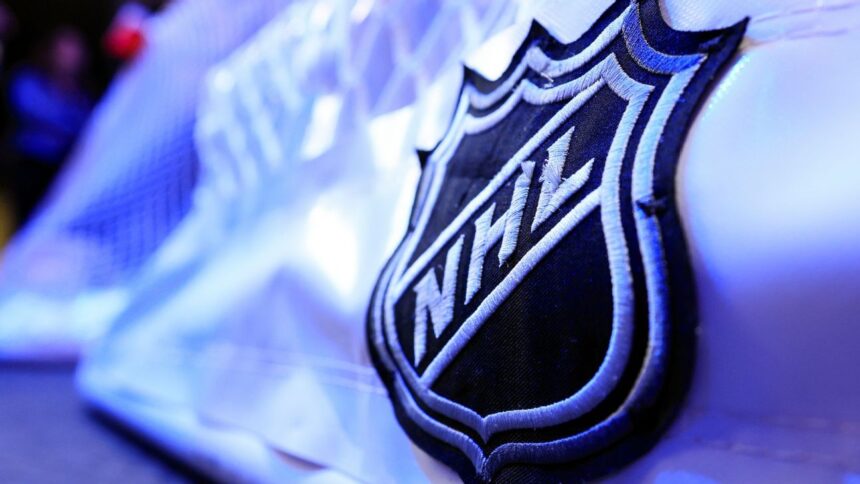NHL Collective Bargaining Agreement Extension: Four More Years of Stability
The NHL and the NHL Players’ Association (NHLPA) have reached an agreement to extend the Collective Bargaining Agreement (CBA) for four more years, as announced by both parties at a press conference on Friday.Bettman and NHLPA Executive Director Marty Walsh avoided going into specifics, as the agreement still needs to be ratified. However, the most significant change is expected to be an 84-game regular season and a shorter preseason, which would take effect for the 2026-27 season. Other highlights, according to sources, include the removal of the dress code for players on match days, the reduction in contract length (maximum seven years for a player renewing with their own club, six years in free agency), the standardization of the expiration of draft rights when a player turns 22, a solution for emergency substitute goalkeepers, and a review of the language to address the Long-Term Injury Reserve loophole. Walsh highlighted the importance of a mid-range agreement for the players, as the league continues to evolve. The current CBA was a 10-year agreement signed in 2013 and then extended for four years in 2020 during the COVID pandemic.We can expect at least five more years of labor peace, with the players’ association and the NHL working together.
Gary Bettman, NHL Commissioner
Bettman indicated that the league proposed a longer agreement, but respected the players’ association’s position. Walsh praised the collaborative effort to finalize the agreement, which began to be negotiated around March.We had some players who entered this league under the last agreement and retired under the last agreement. They never really had a chance to express their opinions or collective bargaining rights. Because generations of players change.
Marty Walsh, Executive Director of the NHLPA
Bettman, the longest-serving commissioner in North American professional sports leagues, stated that negotiating with Walsh was a change of tone compared to previous CBA negotiations. Walsh, former U.S. Secretary of Labor and mayor of Boston, joined the NHLPA in 2023.Even the complicated issues that arose were the subject of complete reflection by both parties.
Marty Walsh, Executive Director of the NHLPA
The league has experienced three lockouts in the last 20 years. This is the first major negotiation for Walsh, who took over as Executive Director of the NHLPA in 2023. Walsh surveyed the players during the first half of last season to get their feedback, before meeting with Bettman earlier this year to discuss the details. The current CBA expires after the 2025-26 season. A four-year extension would take the league and its players through September 2030. The NHL has experienced steady growth, with record revenues of $6.2 billion for the 2023-24 season (updated figures for 2024-25 are not yet available), as the league also set new attendance records and saw an increase in sponsorship revenue, thanks to evolving attitudes about sports betting, helmet decals, and the showcasing of individual player personalities. The NHL and the NHLPA have already announced significant increases in the salary cap over the next three seasons. The new CBA is expected to maintain a 50-50 split of hockey-related revenues between players and owners, according to sources.It’s completely refreshing. It’s completely different from any of the previous experiences I’ve had so far.
Gary Bettman, NHL Commissioner










